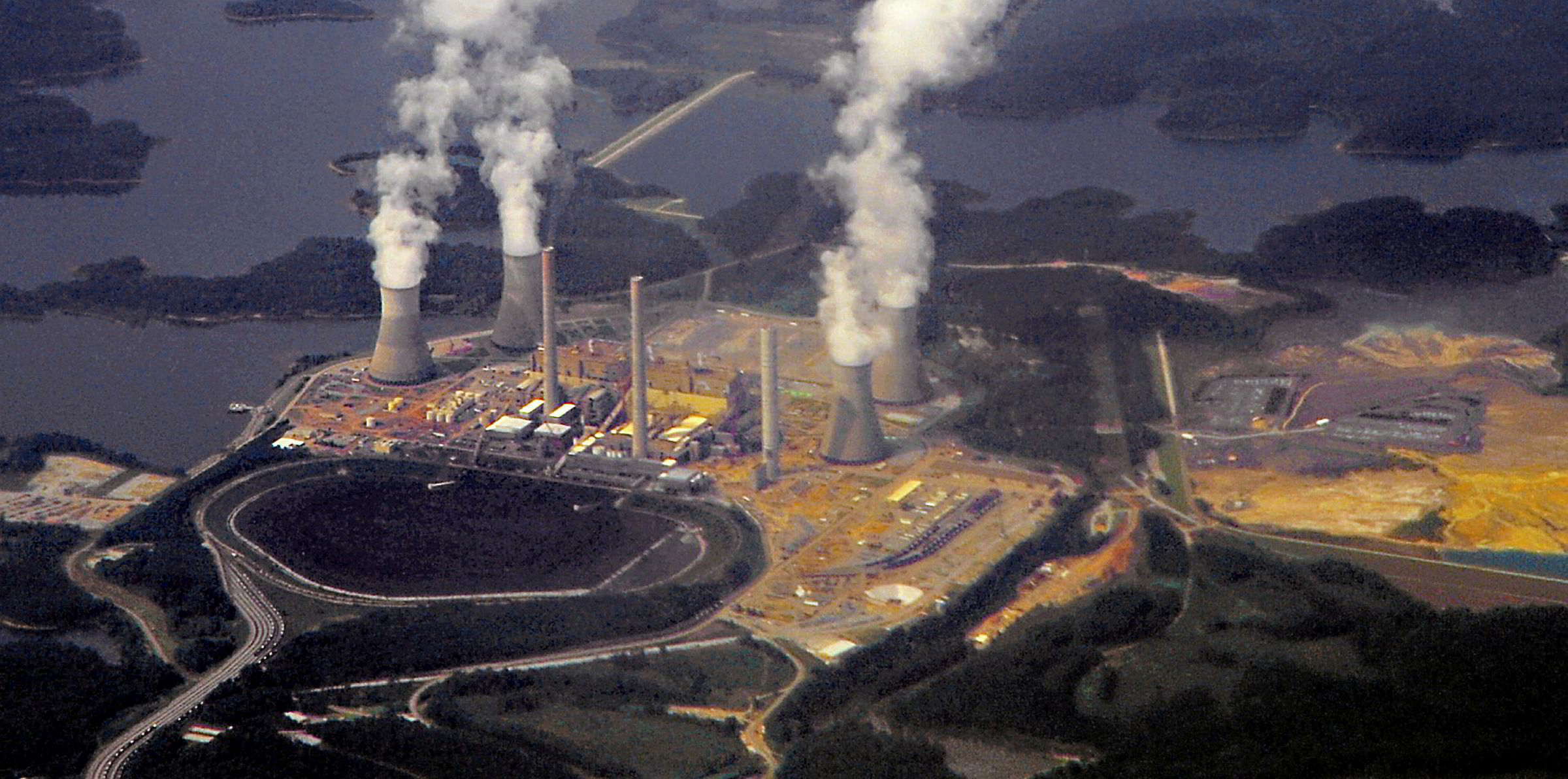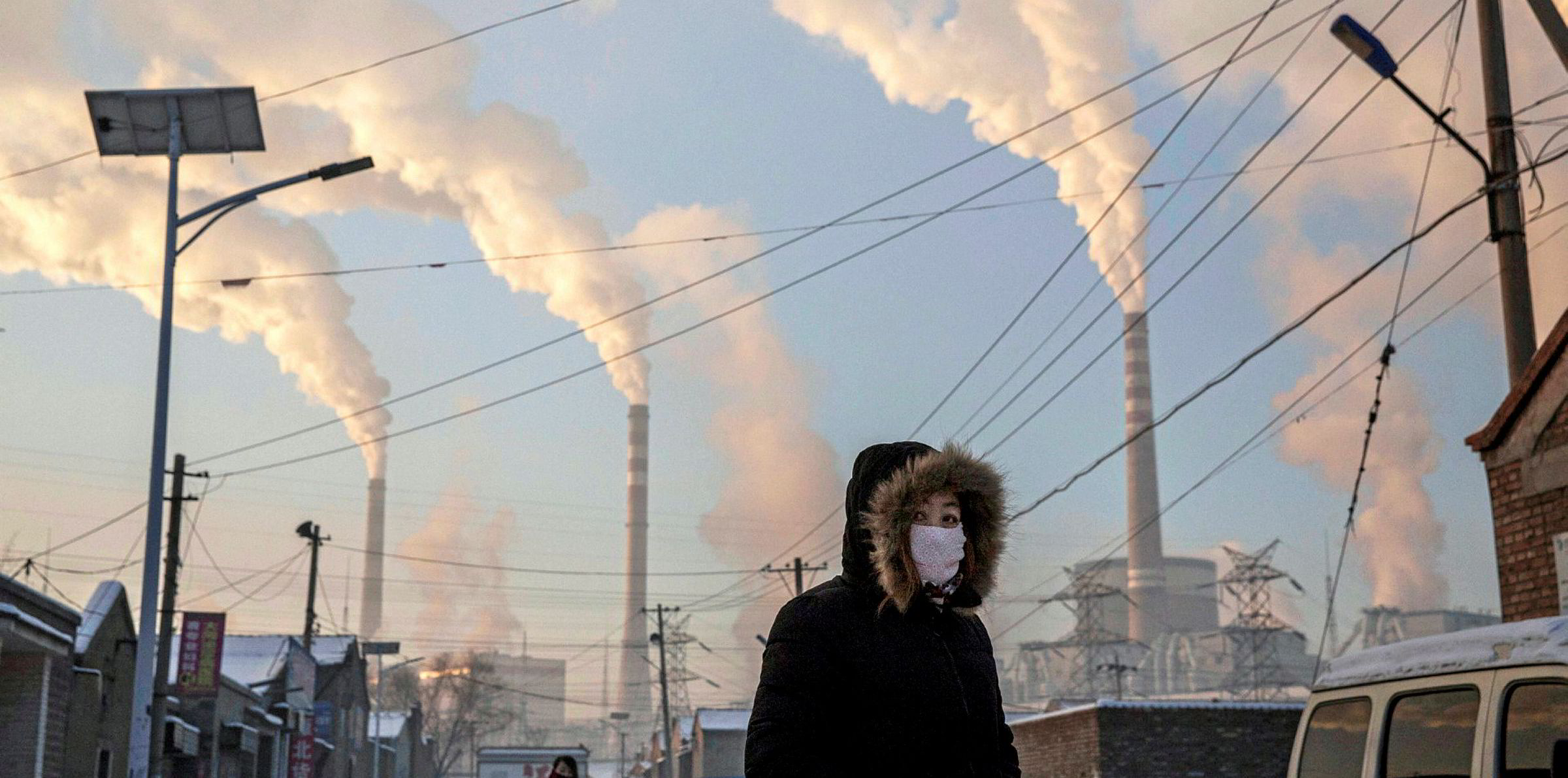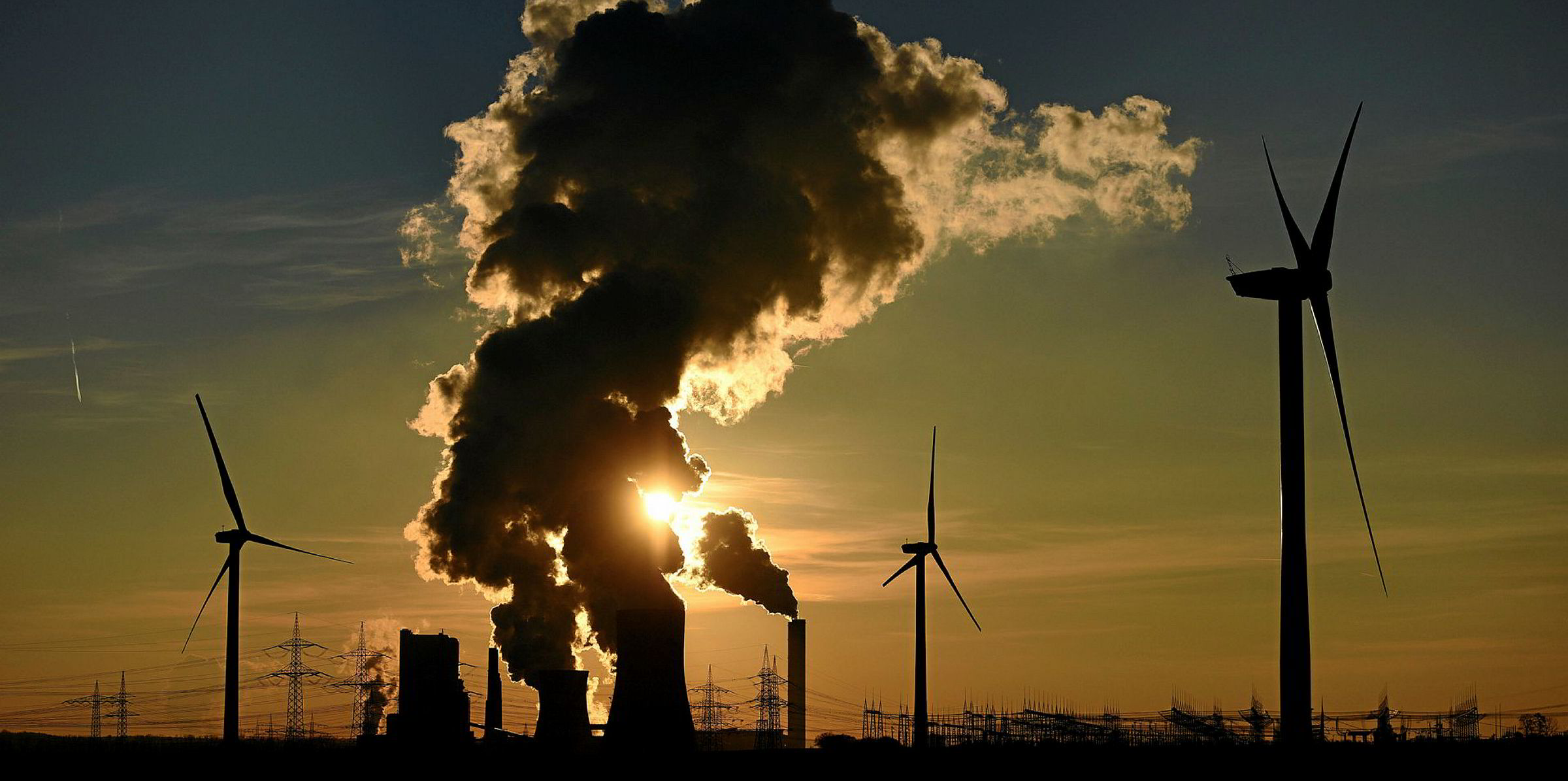A jump in global energy demand last year outstripped the expansion of renewables and drove carbon dioxide emissions to a record high, said the International Energy Agency (IEA), confirming an alarming trend first reported by Recharge.
Energy-related CO2 emissions rose by 1.7% from the previous year to 33.1 gigatonnes in 2018, the highest rate of growth since 2013, with the power sector accounting for almost two-thirds of the uplift, according to IEA estimates.
Recharge revealed earlier this month that the IEA was set to report record emissions levels in its Global Energy & CO2 report.
Double-digit growth in solar and wind power generation – 31% in PV's case – was not fast enough to meet soaring electricity demand that also pushed up the use of coal, the most carbon-intensive of fossil fuels.
“We need to see more support for renewables globally, as they need to grow at least two times faster than we are seeing today,” Fatih Birol, the IEA’s executive director told Recharge during a conference call.
Global energy demand grew by 2.3% in 2018, nearly twice the average rate of growth since 2010, driven by a strong global economy, and higher heating and cooling demand in some parts of the world, the IEA said.
By country, China, the US and India together accounted for nearly 70% of the rise in energy demand.
“We have seen an extraordinary increase in global energy demand in 2018, growing at its fastest pace this decade,” said Birol.
“Last year can also be considered another golden year for gas ... but despite major growth in renewables, global emissions are still rising, demonstrating once again that more urgent action is needed on all fronts.”
The United States’ CO2 emissions grew by 3.1% in 2018, reversing a decline a year earlier, while China’s rose by 2.5% and India’s by 4.5%. Europe’s emissions fell by 1.3%.
Carbon dioxide emissions are the primary cause of global average temperature rise, which countries are seeking to curb to avoid the most devastating effects of climate change.
For the first time, the IEA assessed the impact of fossil fuel use on the increase in global temperature and found that CO2 emitted from coal consumption was responsible for more than 0.3 degrees celsius of the one degree rise in global average temperature since pre-industrial times.
Global gas demand increased at its fastest rate since 2010, up 4.6% from a year earlier, driven by increased switching from coal.
Global coal consumption rose by 0.7% in a trend confined to Asia, particularly China, India and a few countries in south and southeast Asia.
“Coal-to-gas switching avoided almost 60 million tonnes of coal demand, with the transition to less carbon-intensive natural gas helping to avert 95 million tonnes of CO2 emissions,” the IEA said.
“Without this coal-to-gas switch, the increase in emissions would have been more than 15% greater,” it added.
Nuclear generation also increased globally by 3.3% last year, mainly as a result of new capacity in China and the restart of four reactors in Japan, taking production back to pre-Fukushima levels for the first time. Worldwide, nuclear plants met 9% of the increase in electricity demand.



